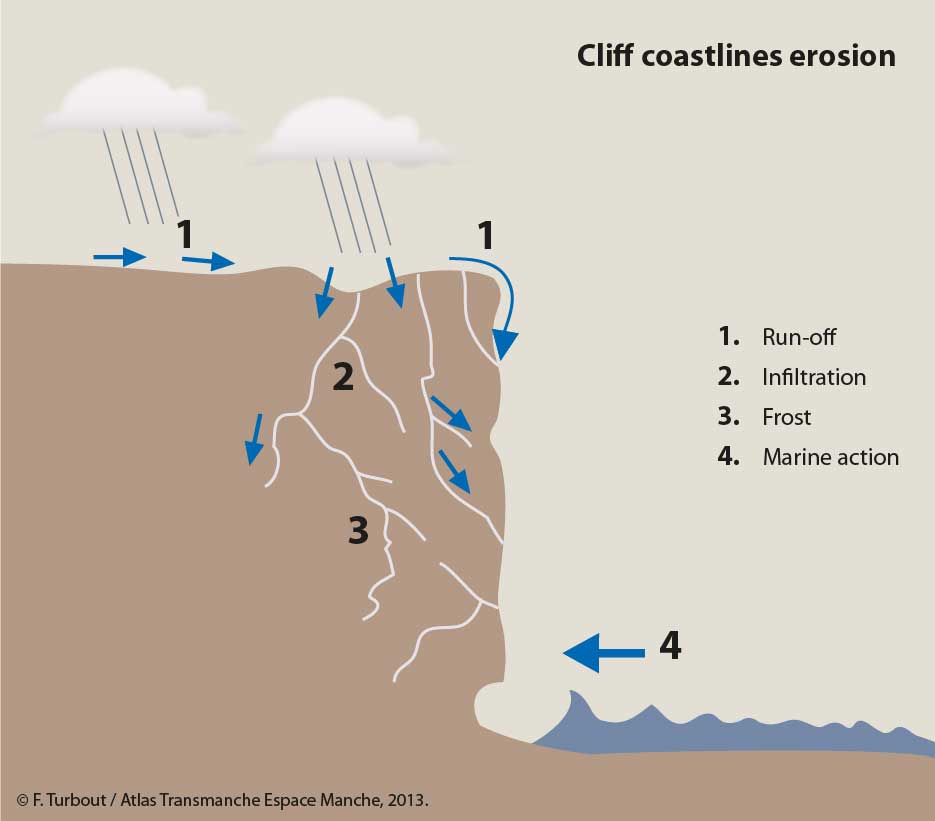

 Environment
Environment- Energies marines renouvelables (2016) FR
- Natural capital (2007)
The Channel area is a vulnerable area. A whole host of activities are carried out there on a daily basis, which can have a varying impact on the area in terms of scale and timeframe. In addition to manmade-type vulnerabilities, we must also consider those resulting from natural elements such as the wind, rainfall and swell.
When all of the different aspects are taken on board, it is possible to draw up a map of sensitive areas to which it is sometimes worth paying attention. There are many land sites in the zone with concentrations of institutions posing potential risks for both the population and natural environments. 115 have been counted in the French coastal départements and 21 in the coastal English counties of the Channel. These concentrations are high in the Nord-Pas-de-Calais, Seine-Maritime and Hampshire as well as near the major ports of Le Havre, Dunkirk and Southampton.
These sites – classified SEVESO in France and COMAH for the UK – are closely regulated and, what's more, it is the increase in such institutions that poses a risk for populations living near the sites themselves. For example, 711 065 inhabitants live in the 49 such sites on the French side.
The natural elements also place the land area at risk. Potential submersion areas can be found all along the coast on both sides of the Channel. When strong tides and heavy rainfall occur at the same time, these areas can undergo severe flooding. The south of England is particularly exposed to this type of risk, as are most of the French estuaries. Every year, these areas experience heavy flooding. The impact is even greater on the English coast since it is more densely populated.
Another phenomenon heightens the sensitivity of some areas – coastal erosion. Strong winds and swell impact the coast, causing movement of materials, hollowing out cliffs and sand dunes and eroding major stretches of the coast over time. These natural accidents weaken the coastlines when some high-risk activities are carried out in these exact spots.

The sea is not free from such risks either. Those linked to maritime transport can cause different types of pollution. Seven areas are particularly hazardous for maritime traffic. Some 213 accidents have been recorded over the past half century. The entrances to the maritime traffic separation schemes are particularly exposed to risks of accidents, as are the entrances to ports (Le Havre - Medway towards the Thames). The consequences can be very damaging for the marine area – people, fauna and flora – as well as the economic activities carried out there.
On land and at sea, the Channel area is a sensitive area where the sheer concentration of human activities must cope with often hostile natural conditions.
top
















